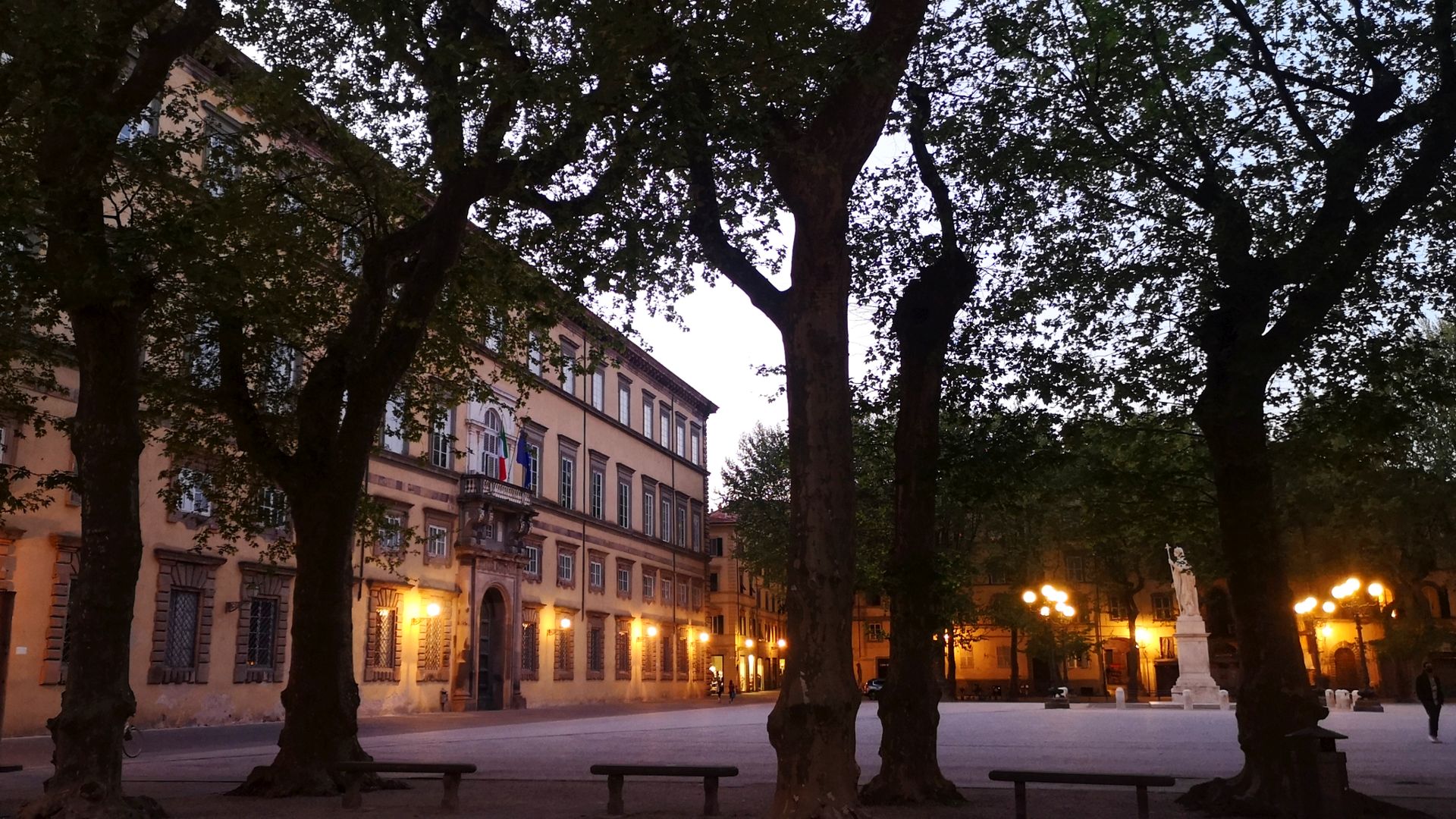The charm of Lucca consists also in a beautiful mix of eras, stories, characters and architecture.
The journey through a surprising Napoleonic city can be really amazing.
At the beginning of the nineteenth century, the princess of Lucca, Elisa Bonaparte Baciocchi, planned a renewal of the city, partially replacing historical spaces in favor of a "modern city" that would have changed Lucca's aspect forever.
She restructured streets, buildings and the city walls, promoted the foundation of educational and research institutes, introduced new perfumed fragrances from all over the world to the gardens and palaces.
Porta Elisa and Palazzo Ducale are the two cornerstones of the projects of the architects of the Princess symbolizing an imperial route within the walled city.
The entrance from the new Porta Elisa gate, intentionally open in the direction of Florence, represented the triumphal arch, the admission to the avenue that lead through the city to Palazzo Ducale, replacing an entire urban block with a large square dedicated to her brother, the Emperor. However, the project was only partially completed.
On July 14, 1805, Elisa moved to Palazzo Ducale. On 10 August of the same year, the renovation of the Palazzo dei Principi began and in December the works on the square started.
The Palace has been the center of the city's political power for centuries. With Elisa Bonaparte Baciocchi the building appeared as it does today, and only with her profound and innovative intervention it became visible standing out in the urban structure of the city.
The goal was: tout comme à Paris with the adaptation of the service area, pantries, plumbing with hot and cold water both in the kitchens and in the bathrooms, but also the art of reception and cooking, fashion, life of court that had a great development and diffusion in this period.
The Botanical Garden was founded by Elisa in 1814 shortly before leaving the city. The project was then abandoned to be completed only with the intervention of Maria Luisa di Borbone, a few years later. Witness of this period is the great Cedar of Lebanon that welcomes visitors at the entrance.
Elisa also did the first project of transformation of the City Walls from a military building into a public promenade where long tree-lined avenues, rounds for carriages and trendy cafes outside the tiny spaces of the city were set up.


